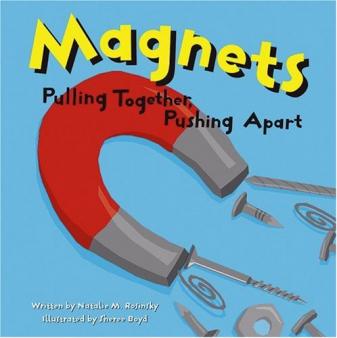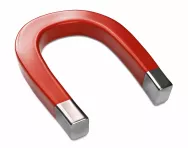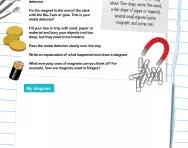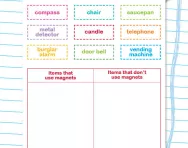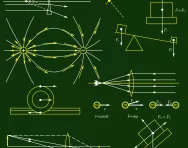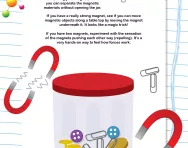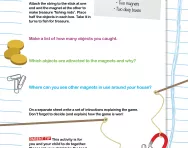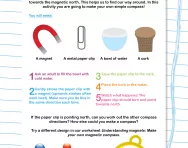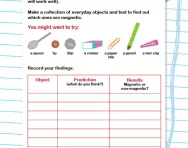Important update from TheSchoolRun
For the past 13 years, TheSchoolRun has been run by a small team of mums working from home, dedicated to providing quality educational resources to primary school parents. Unfortunately, rising supplier costs and falling revenue have made it impossible for us to continue operating, and we’ve had to make the difficult decision to close. The good news: We’ve arranged for another educational provider to take over many of our resources. These will be hosted on a new portal, where the content will be updated and expanded to support your child’s learning.
What this means for subscribers:
- Your subscription is still active, and for now, you can keep using the website as normal — just log in with your usual details to access all our articles and resources*.
- In a few months, all resources will move to the new portal. You’ll continue to have access there until your subscription ends. We’ll send you full details nearer the time.
- As a thank you for your support, we’ll also be sending you 16 primary school eBooks (worth £108.84) to download and keep.
A few changes to be aware of:
- The Learning Journey weekly email has ended, but your child’s plan will still be updated on your dashboard each Monday. Just log in to see the recommended worksheets.
- The 11+ weekly emails have now ended. We sent you all the remaining emails in the series at the end of March — please check your inbox (and spam folder) if you haven’t seen them. You can also follow the full programme here: 11+ Learning Journey.
If you have any questions, please contact us at [email protected]. Thank you for being part of our journey it’s been a privilege to support your family’s learning.
*If you need to reset your password, it will still work as usual. Please check your spam folder if the reset email doesn’t appear in your inbox.
What are magnets?
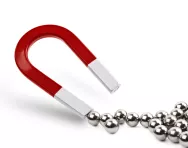
What is a magnet?
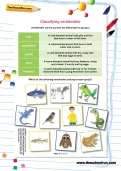
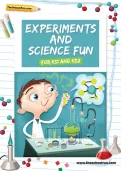
Download fantastic science resources today!
- Experiments And Science Fun pack
- Science Learning Programme for each school year
- All the instructions, questions and information you need
What do children learn about magnets in primary school?
Magnets come in different shapes and sizes: horseshoe magnets (the 'classic' magnets we see in pictures!), bar magnets, round magnets.
Each magnet has a south pole and a north pole.
- Opposites attract: this means the north pole of a magnet attracts (pulls towards) the south pole of another magnet.
- Likes repel: this means that the north pole of a magnet repels (pushes away) the north pole of another magnet and the south pole of a magnet repels (pushes away) the south pole of another magnet.
The Earth is like a giant magnet, and there is a magnetic field all around us. There are two points on the Earth’s surface, called magnetic poles, where the magnetic field is strongest. These points are close to the Earth’s North Pole and the Earth’s South Pole. A compass needle points north because it is attracted by the magnetic pole near the Earth’s North Pole.
When are children taught about magnets in primary school?
In Year 3 children will:
- Observe that magnetic forces act at a distance
- Investigate how magnets attract or repel each other
- Sort materials according to whether they are magnetic or not
- Learn to describe magnets as having two poles.
How are children taught about magnets in the classroom?
Children will learn through working scientifically to carry out a range of experiments. They might work in pairs, small groups or as a whole class. An example of an experiment would be Investigating if bigger magnets are stronger than smaller magnets
Children will explore and observe what happens with magnets, perhaps looking at how a range of different types of magnets behave (looking closely at attracting and repelling, and how the magnet doesn’t need to be touching something to attract it). Children will also be given the opportunity to play and use a range of different types of magnets so they can feel the magnetic field and observe how the magnets are behaving.
Children will work scientifically to sort and record which objects are magnetic (they will most likely be given a selection of objects and a magnet and be asked to test each object, then draw a table or diagram to show which materials or objects are magnetic).
Magnets activities for at-home learning:
- Visit the library and look for information books on magnets.
- Investigate how many paper-clips you can pick up with different magnets.
- Explore magnets: what do they stick to? What items are magnetic? This could be around the house or outside around your local environment.
- Do you have any magnets around the house? What are they used for? Can you investigate different uses for magnets?
- Find out about how electricity and magnetism are linked.
- Make your own fridge magnets and decorate them in any way you like.


